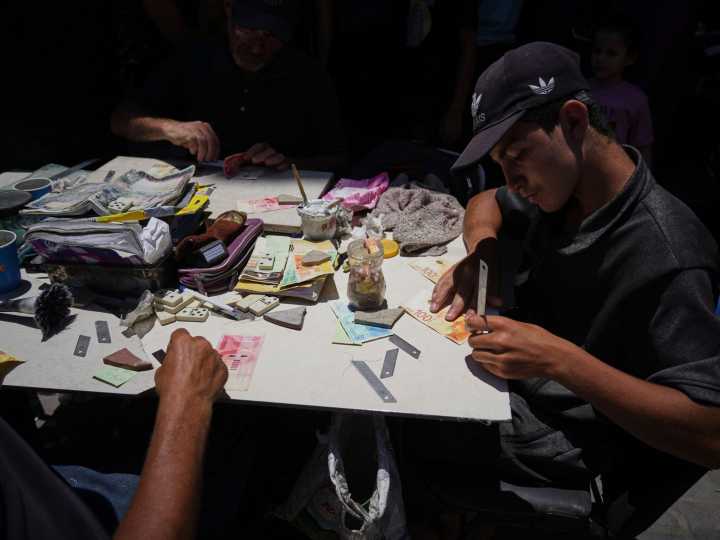You try to buy a kilo of flour in Gaza.
You open your wallet; what’s inside? A faded 10-shekel note, barely held together by a strip of tape. No one wants it; it is all rubbish now.
The 10-shekel note, normally worth about $3, was once the most commonly used bill in daily life. Now, it is no longer in circulation. Not officially—only practically. It has been worn out beyond recognition. Sellers will not accept it. Buyers cannot use it.
There is no fresh cash. No replenishment.
Other banknotes are following the fate of the 10 shekels, especially the smaller ones.
If you pay with a 100-shekel note for an 80-shekel purchase, the seller will likely be unable to return the remaining 20 due to the poor physical state of the banknotes.
Many notes are torn or taped together, and entire stal

 Aljazeera US & Canada
Aljazeera US & Canada

 Daily Voice
Daily Voice Associated Press US News
Associated Press US News Local News in Colorado
Local News in Colorado CBS News
CBS News WCCB Charlotte Crime
WCCB Charlotte Crime Newsday
Newsday Raw Story
Raw Story